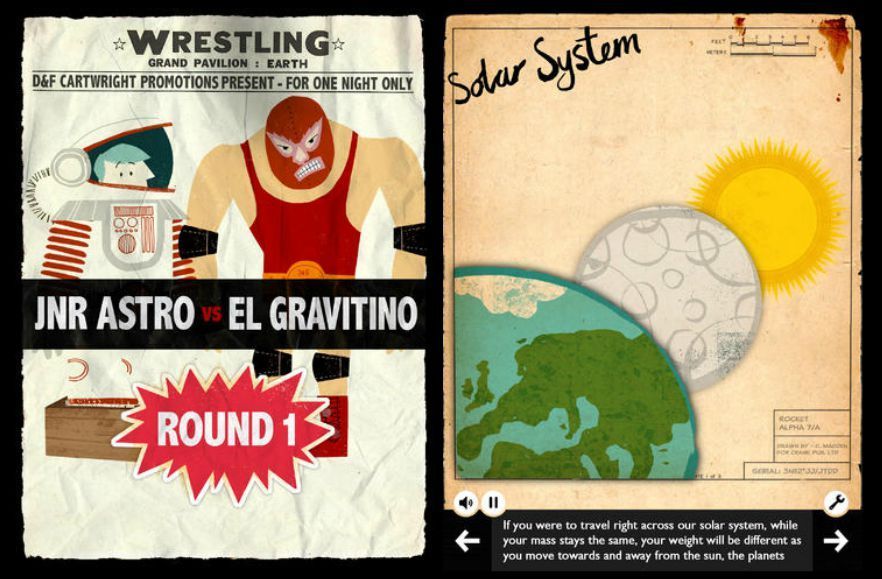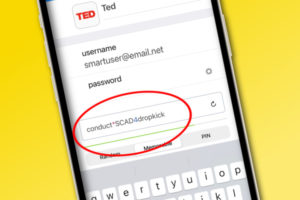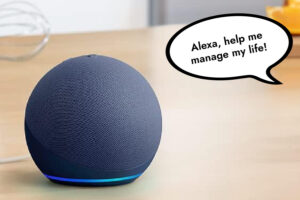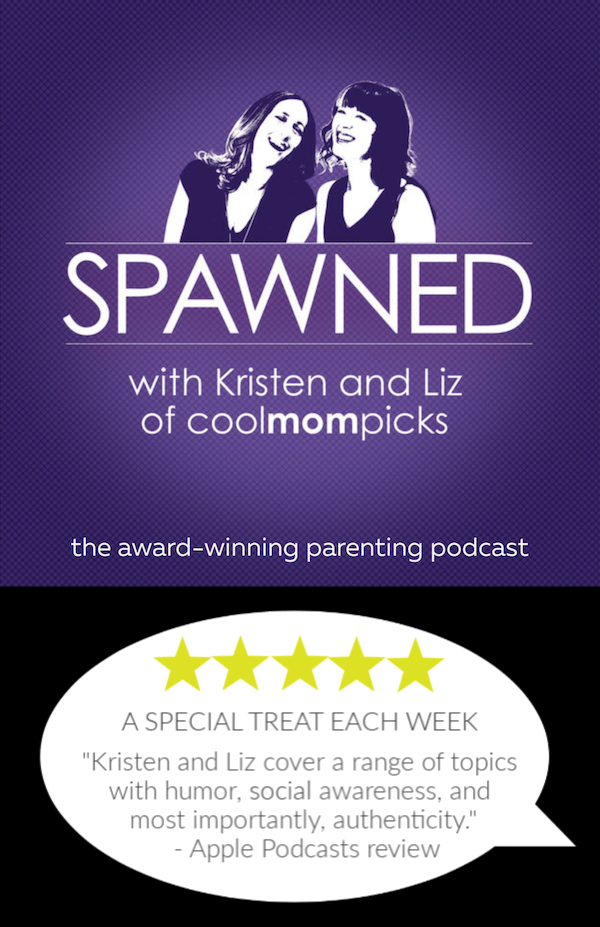Seeing as how we live in an age where everything from Nutella to x has its own national day, I should not be surprised that today is National Moon Day. At least it celebrates something totally real and inspirational, and if it’s marketing anything, it’s marketing an excitement for astronomy, space exploration, and NASA programs. I think this makes today the perfect opportunity to talk to your kids about that big beautiful glowing moon in the sky, with the help of some of these apps and resources.
The Star Walk 2 app has been around a bit, but I’ve only just recently become a user and a fan. It’s so easy to use, and kids will be blown away by the augmented reality view of the stars — and moon — overhead, complete with labels of the constellations so you know just what you’re seeing. ($2.99 for iOS; $2.58 for Android)

Junior Astronaut – Breaking Through the Space Barrier is an app that Christina described as one “that doesn’t feel like any science lesson I ever had in school” and I can totally see why. It’s seriously educational, with topics ranging from the early development of rockets, to the concepts of mass, weight, gravity, and aerodynamics. But it’s delivered with a heaping dose of humor, retro-hip illustrations by Chris Madden, engaging interactivity, and fantastic storytelling (thanks to a collaboration with Wired Magazine’s space and science writer), that can get even the most jaded tween or young teen to turn that eyeroll into a glance overhead that sticks.

We’re all huge fans of Brain Pop around here, which can often help explain topics that we parents may stumble over from time to time. In fact, I learn a lot from their conversational, clever animated videos myself. If you’re lucky enough to be a subscriber, you have to check out their Moon Video today which is a great way to learn some basics about the moon, as well as the four main theories scientists have about how the moon was formed. And by the way — check with your kids’ school! I was surprised to learn that my kids have subscription access through their classes, and I’m so happy they do.
Also, be sure to check the parent and teacher resources about the moon on Brain Pop Jr and the Brain Pop educators page, which suggest questions to ask your kids to further the discussion, and offers a bunch of fun activities to help bring the learning to life.

I always like reading the This Day in History section on the History Channel website, and July 20 is packed with info about the Apollo 11 crew’s historic moonwalk. (Not related to Michael Jackon’s historic moonwalk.) Click around the related videos for exciting stuff like the newly restored video of Neil Armstrong’s first steps; loads of info on the Apollo 11 program; and biographical info about Buzz Aldrin, Neil Armstrong, and the third member of the mission, Michael Collins.







